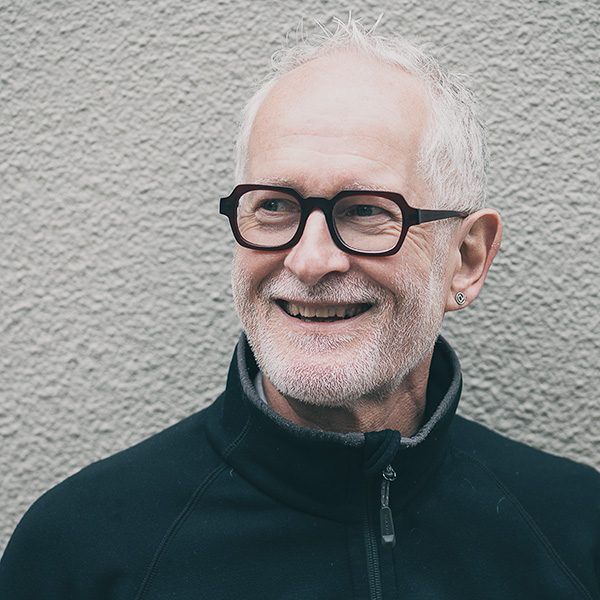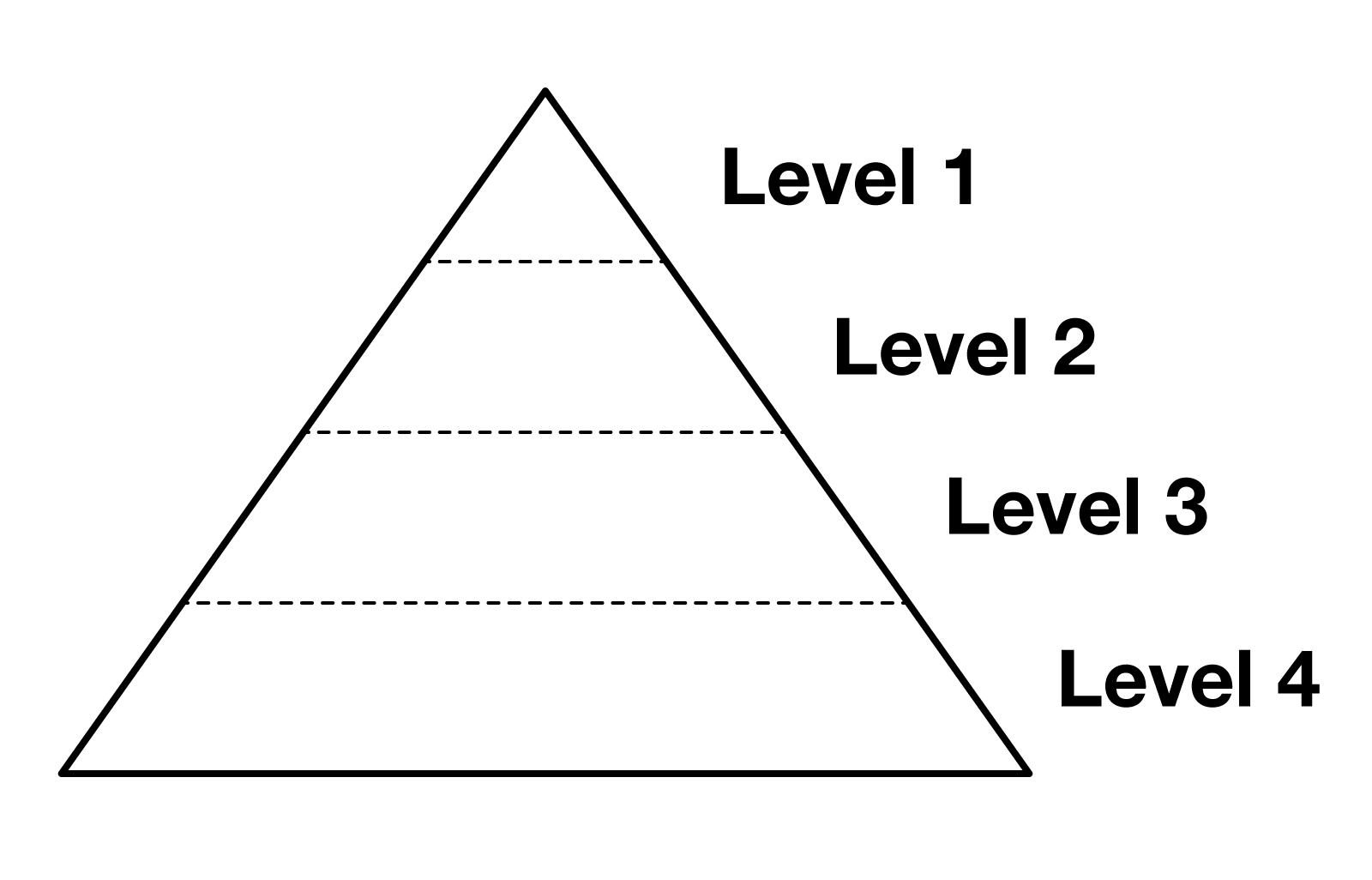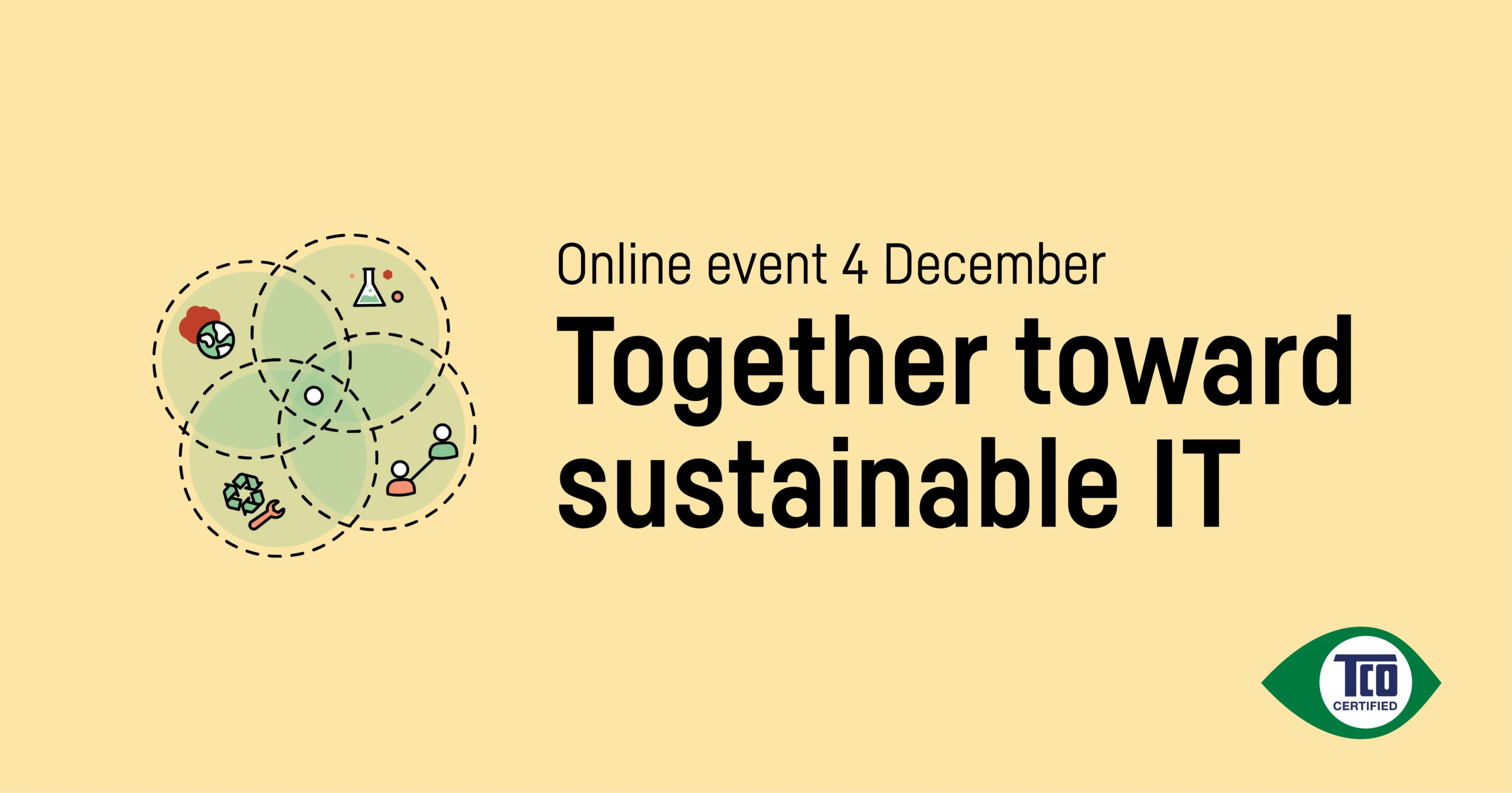The introduction of new legislation, the Federal Act on Public Procurement, in Switzerland has made it easier for purchasers to make IT procurement more sustainable. However, according to Stefan Zweili, Tender & Vendor Manager at Standard Workplace Swiss Government, more needs to be done to reduce the social and environmental impacts of public sector IT procurement. The statements made in this interview are Zweili’s personal opinion.
Where is Switzerland in terms of sustainable procurement?
Sustainable public procurement is relatively young in Switzerland and has recently tended to be overlooked. However, extensive reform of the Federal Law on Public Procurement and the introduction of Switzerland’s Procurement Strategy 2021 to 2030, both of which entered force in January 2021, have increased the number of purchasers that now include sustainability criteria in their procurement processes.
Why do you want to make procurement more sustainable?
Naturally, there is always a major financial element to public procurement. Conventional thinking dictates that financial considerations conflict with sustainability goals. But does it have to be that way? Why can’t we make procurement as environmentally and socially responsible as possible? The procurement legislation brought in at the beginning of last year, amongst other measures, gives us greater leeway to ask more concrete questions about the environmental impacts and social criteria associated with the manufacture of IT equipment, as well as lifecycle costs.
What are the key drivers to sustainable procurement?
Zweili identifies the following five areas as being key to making procurement more sustainable:
- Acceptance by manufacturers and customers that ICT devices can and should be used at least 20% longer than they tend to be used today. Ideally, notebooks would be used for five years, monitors for six years, and smartphones for three to four years.
- Uniform, comparable and transparent measurability of CO2 emissions over the entire life cycle of a device.
- Supply chain transparency, through the use of uniform coding in all parts of the supply chain.
- Industry acceptance and action to reduce e-waste and increase extended use and reuse of equipment that has been refurbished or upgraded, toward more circularity.
- Sustainability criteria must be plausible, comprehensible and verifiable by trusted, independent third parties, and verified.
What is your advice to other buyers? Where should they start?

Zweili is proud to be part of a small but never-fatiguing force that moves innovative sustainable procurement forward daily. He is also proud to belong to an organization that allows such innovations and supports his passion.
It doesn’t matter where you start. The key thing is to start now. I would also urge purchasers to make it easier for you to repair devices, thereby extending their lifecycle.
Regarding mandatory technical criteria, I recommend requiring TCO Certified devices for entire contract periods. Why?
- TCO Certified devices comply with the Swiss/ EU eco-legislation.
- A certified device must meet all TCO Certified criteria, otherwise it will not receive the TCO Certified certificate/ label.
- And crucially, independent third parties always verify compliance with the criteria in contrast to other labels that allow self-declarations for the “award” of the label.
If you would like to make your IT procurement more sustainable, imagine the process in terms of a pyramid. Start at the top with a set of basic mandatory requirements. From there, you can add additional requirements and goals over time.
Zweili explains that an ambition pyramid might look something like this:
Level 1, basic requirements, mandatory: general terms and conditions, which include compliance with the ILO core conventions, occupational health and safety regulations, equal treatment of women and men with regard to equal pay, and compliance with environmental rights.
Level 2, good practice, mandatory: compliance with the minimum legal environmental requirements of respective countries.
Level 3 and 4, role model and lighthouse, optional criteria: additional added value, for example, reduced energy consumption, repairability, availability of spare parts, reduced CO2e consumption, equipment made from recycled plastic, minimizing plastic packaging and removing unnecessary cables.

All levels and criteria would have to be checked regularly, at least every three years, and updated if necessary.
Transparency applies to all levels. Claims that the above sustainability aspects are fulfilled are welcome, but not credible. Publishing reports on environmental and social impacts, life cycle costs, etc., builds trust and transparency.
How important has public policy been in making public procurement more sustainable in Switzerland?
Public policy has clearly been an important driving force. However, this is not the whole story. Changes in legislation and political pressure were also decisive. Other important factors included environmental and social regulations that set minimum requirements regarding production standards and life cycle.
In Switzerland — a federal state with direct democracy — laws can only be amended by politicians and the people working together. The Swiss legal system already includes various social and environmental laws, ordinances and administrative directives. However, these are insufficient for public procurement. Procurement agencies need a clear political framework and support for sustainable procurement. In addition to legal requirements, fundamental decisions at the political level and public statements by top management are crucial.
Procurement departments also need effective instruments in the form of central sustainability knowledge bases, guidelines, fact sheets, procurement strategies or best practice examples that support them in their work and set out expectations for sustainable public procurement.
In 2019, the latest version of an administrative instruction on procurement, Resource and Environmental Standard for the Procurement of ICT Infrastructure (P025), came into effect. This provides legally tested and practicable procurement criteria. It specifies, for example, that TCO Certified certificates for monitors must be submitted to meet the minimum legal environmental requirements. In August 2022, the updated version was released. Check the criteria every year to ensure they are up to date and correct.
Zweili points out that his organization continues to monitor the market critically to check whether a sufficient number of devices are available that also meet the specified criteria in public tenders.
According to Zweili, TCO Certified Product Finder is a valuable aid in this regard. Whereby the “compare” function could still be improved. In the smartphone, USB-C docking station and multifunction printer categories, there are either currently no criteria, or not a sufficient number of certified devices to require TCO Certified in these product groups. Availability of devices and accessories at scale is a basic requirement for public procurement, Zweili adds.
Concrete goals and selected environmental and social criteria for individual procurement areas are essential. In addition, governance, strategic guidelines, tools, standard criteria for specific product groups and ongoing training are important additions to successfully advancing sustainable public procurement, Zweili ends.

Gabriella Mellstrand is the Global Marketing & Communications Director at TCO Development. She has a lifelong interest in sustainability and the environment. Gabriella is also a foodie, running a social media account where she shares a lot of tips on local restaurants and different dishes.




